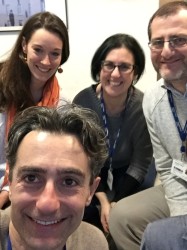BibTex format
@article{Biermann:2010:10.1167/iovs.09-3903,
author = {Biermann, J and Grieshaber, P and Goebel, U and Martin, G and Thanos, S and Di, Giovanni S and Lagrèze, WA},
doi = {10.1167/iovs.09-3903},
journal = {Invest Ophthalmol Vis Sci},
pages = {526--534},
title = {Valproic acid-mediated neuroprotection and regeneration in injured retinal ganglion cells.},
url = {http://dx.doi.org/10.1167/iovs.09-3903},
volume = {51},
year = {2010}
}

